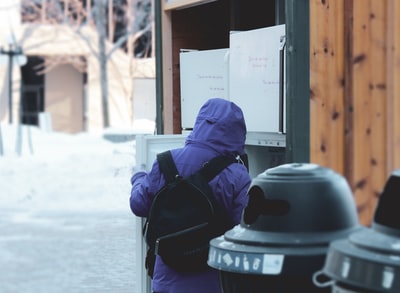The Roaring Twenties

* There was political panic over the possible spread of socialism or communism, which many feared that immigrants from Europe would bring in (more on that later).
* This panic was partly caused by the wave of industrial strikes that took place in 1919.
* Lots of soldiers returned from Europe after the War, but couldn’t find work.
*Above all, there was an economic depression in 1920, partly because of the problems described above.
But after 1921, things started to change for the better. The American economy started to boom, bringing new prosperity to some (but not all) Americans. At the same time, there were new forms of entertainment, such as cinema and jazz and new fashions. And even though, alcohol was made illegal, as we’ll see, people generally didn’t let that stop them having a good time.
——————————————————
The Wall Street Crash

The causes and the consequences: So what went wrong? Why didn’t the good times last forever, like many people thought they would? And what were the effects of the crisis?
* Over-production: there was a limit to how many consumer goods people could afford to buy, and unfortunately far too many goods had been produced by the time people realised this. Since so much of the economic boom had been based on these goods, many of these businesses went under once people started to lose confidence in the economy.
* Speculation: the temptation to make a fast buck through financial investments drove people to do crazy things. In addition to investing thoughtlessly in shares in companies that would be wiped out if the good times stopped, many people invested in things like land or shares purely because they expected their price to increase, meaning they could sell them for an easy profit – in other words, they were speculating. This drove the prices of all sorts of things like land and property extremely high, which in the end reduced demand for them. And when demand dropped, so did the price. And a lot of people lost what they had invested. People who had invested in companies that went bust or had their money in banks that collapsed lost all that they had invested.
* Those Tariffs: while being protected against cheaper foreign goods helped some businesses in the short term, in the long-term it damaged their ability to trade overseas. Other countries were obviously unhappy that their goods had tariffs put on them when they reached the States, and responded in kind with tariffs of their own on American goods. The tariffs also distorted the domestic market for goods and services, keeping the price of things higher than it would have been.
* Too many poor people, not enough rich people: or ‘unequal distribution of wealth’, as you should refer to it in your exam. While a lot of people got rich quickly, a very large proportion lived in poverty or could only buy a few consumer goods. Not enough people became prosperous quickly enough to keep the boom going.
* Easy credit: to buy more expensive goods such as cars, or in the case of small businesses such as farmers to buy machinery, many people and companies paid on credit. The easy availability of credit fuelled the boom in the good years, but once the crisis hit, there was a domino effect of people being unable to repay the credit, leading to businesses going bust, and then to more people losing their jobs, and then more people unable to pay their credit…. There had also been no regulation of banks, who had also lent money to people and businesses like it was going out of fashion. And when they couldn’t pay back the loans, the banks got into a lot of trouble.
And as we’ll see in our guide to the Depression, these problems were just the beginning.